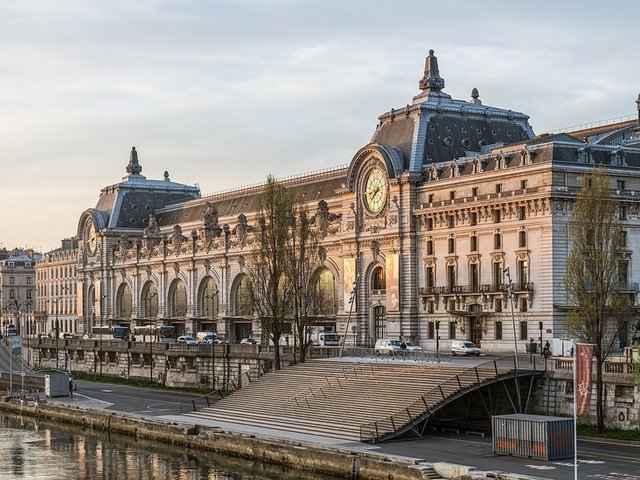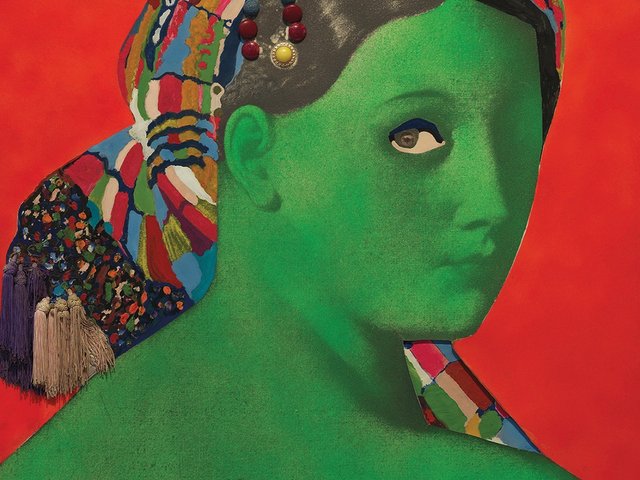The Musée Bonnat-Helleu in Bayonne, described by the art critic Pierre Rosenberg as housing “the most beautiful collection between Paris and Madrid”, is due to reopen on 26 November after a 14-year expansion and renovation.
The museum closed in 2011 as its building no longer complied with safety and accessibility regulations. Soon after, the French architectural firm BLP was entrusted with renovating it and bringing natural light back into the original three-story building, designed in an eclectic style by the architect Charles Planckaert. The idea “was to open it to the city and make it more accessible to the public”, says the museum’s head of collections Hélène Ferron. The central patio’s glass roof has been restored and a mosaic by Giandomenico Facchina that lay behind layers of plaster has been uncovered.
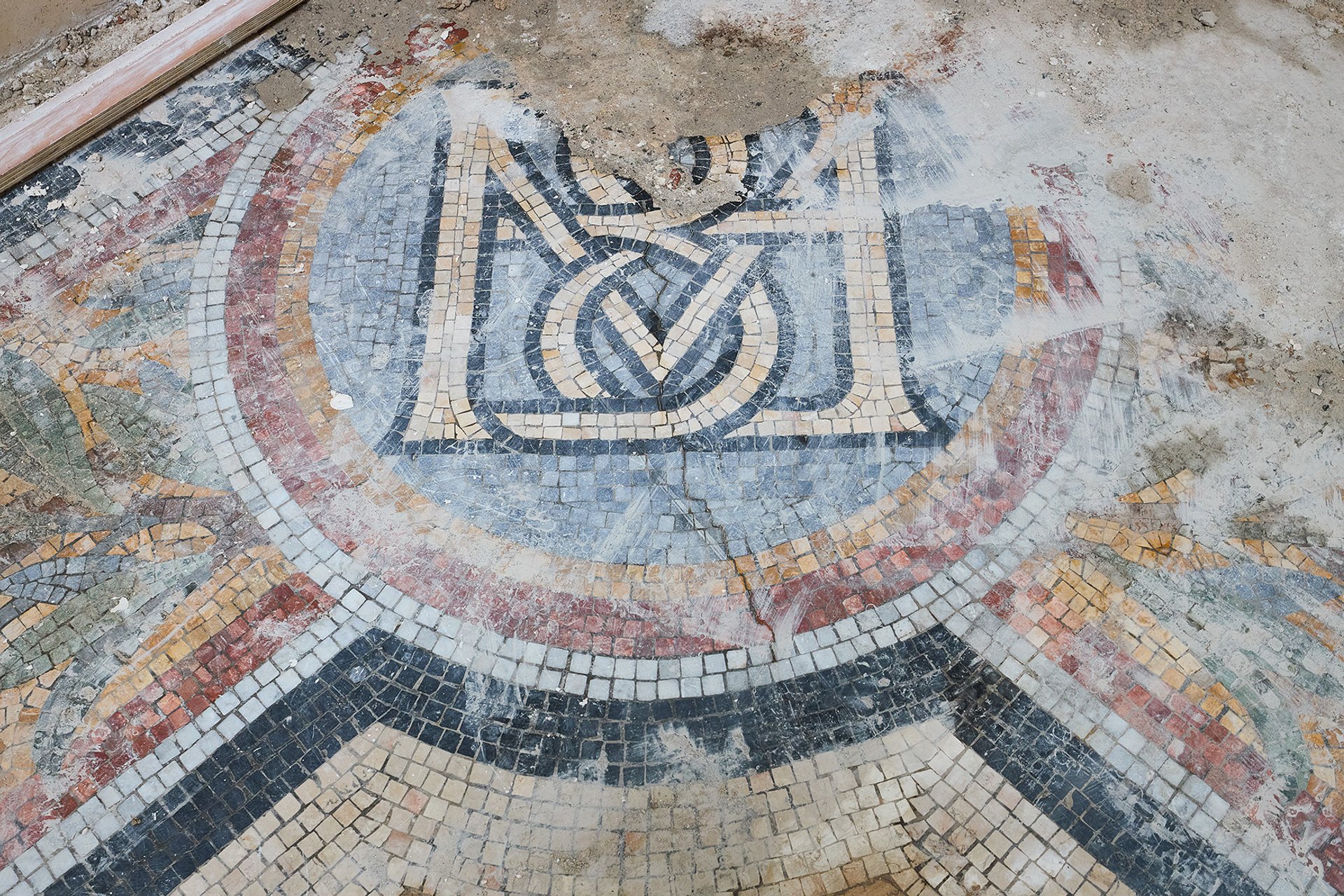
Photo: A. Vaquero; © Bayonne, Musée Bonnat-Helleu
Emotion is key to our museum experience, we want it to feel welcoming, not intimidatingHélène Ferron, head of collections
BLP Architects also converted an adjacent school, which the city relocated in 2018, into an extension of the museum. Behind its preserved façade, there are now a café, a shop, storage spaces, a restoration studio, offices, a few exhibition rooms, a research centre, and a study room for drawings. “Emotion is key to our museum experience, we want it to feel welcoming, not intimidating,” Ferron says. This intention translates into thematic sections—on the representation of the human body, or on what it means to collect—and accessible wall texts.
The 3,000 sq. m. display area has doubled in size. The visit starts on the ground and first floors of the historical building, but the grand staircase now leads to an intermediary level with three galleries in the extension, including a two-storey loft with paintings tightly hung from floor to ceiling in a style reminiscent of the Paris Salon.
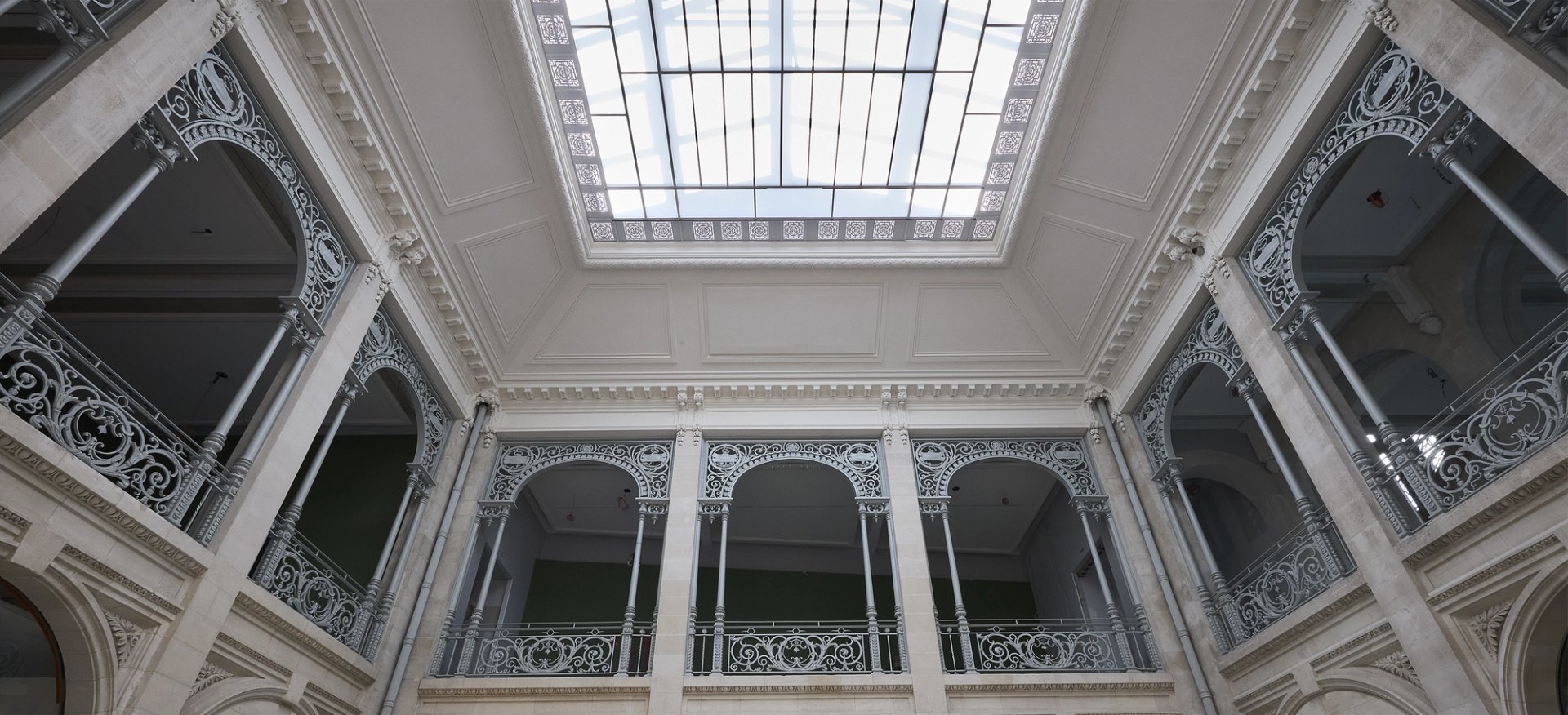
© Bayonne, Musée Bonnat-Helleu
The mezzanine provides access to the second level of the original museum building, where the Bayonne artists Léon Bonnat (1833-1922), Antonin Personnaz (1854-1936), and Paul Helleu (1859-1927) take pride of place. “There is an art-free room, a ‘space of nothing’ on each floor, where the public can catch their breath and reflect on what they have seen,” Ferron says.
The renovation project was budgeted at €29m, with €14m funded by the city of Bayonne and the remainder by patrons, the region, the department and the French state. Another €4m was spent on restoring 1,300 works. While Jean-Dominique Ingres’s La Baigneuse has regained its brilliance, there have also been discoveries including autographs in El Greco paintings and pentimenti and overpaintings in Simon Vouet’s Roman Charity (1620s).
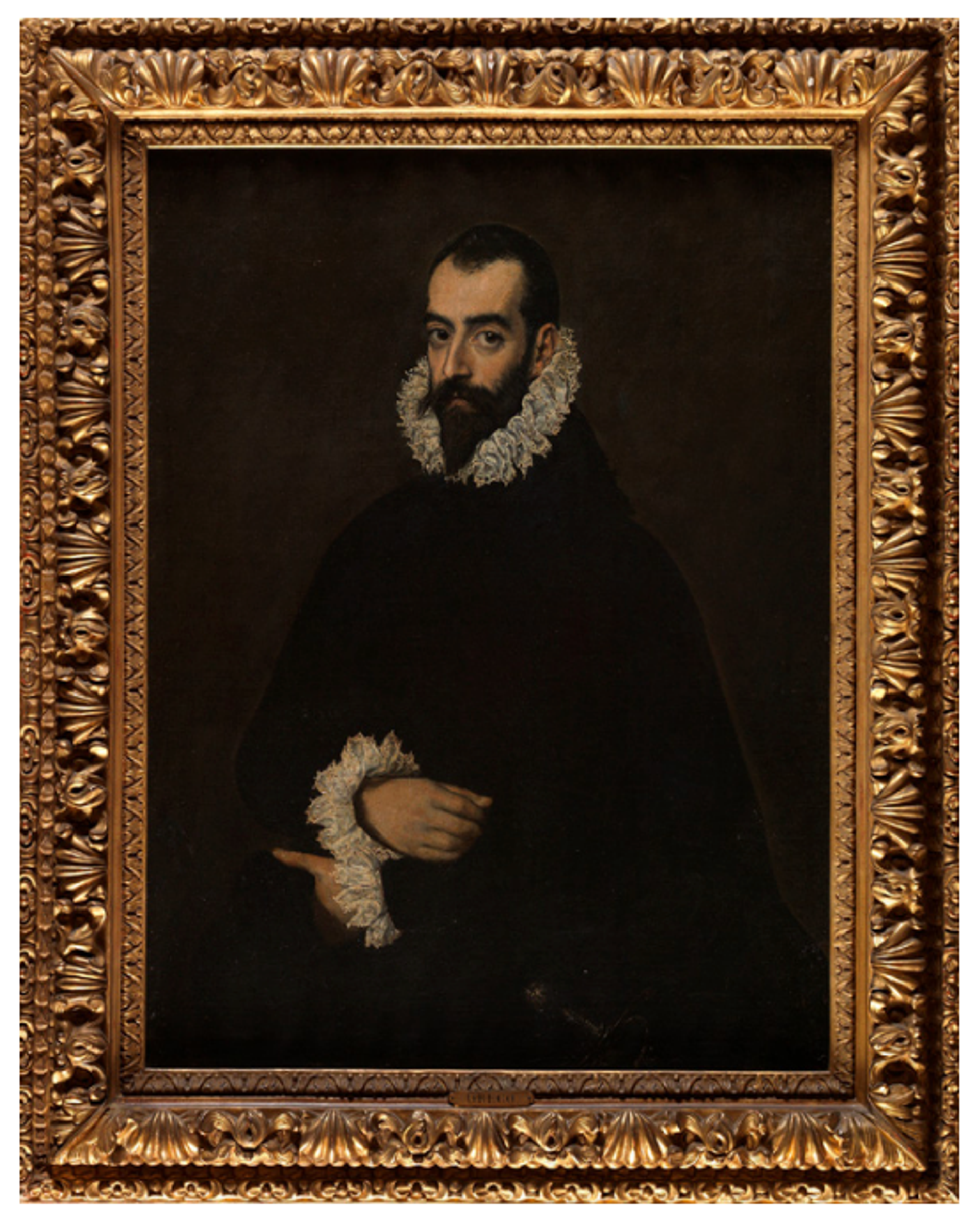
El Greco's Presumed Portrait of the Duke of Benavente (1597-1603) Photo: A. Vaquero; © Bayonne, Musée Bonnat-Helleu
Founded in 1891, the Musée Bonnat-Helleu was named after the two painters whose bequests of their works and collections between 1922 and 2011 laid the foundation for a philanthropic tradition enriched by the collections of Antonin Personnaz in 1936, and Jacques Petithory in 1992. The museum is now home to some 7,000 works, spanning from Antiquity to the 20th century. Around 2,500 works are on long-term loan from the Musée du Louvre, including the 1st-2nd-century Hermaphrodite usually showcased in the Grande Galerie in Paris.
With more than 3,500 works on paper by artists including Leonardo da Vinci, Michelangelo, Ingres, Albrecht Dürer, Rembrandt and Paolo Veronese, the museum’s graphic arts collection is one of the best in the world. A selection of 50 will be on view and rotated quarterly, including the missing part of a three-piece portrait of a warrior by Théodore Géricault acquired in 2023.
The museum is deeply rooted in the city of Bayonne, which spawned a new generation of artists in the late 19th century, many of them trained by Bonnat. Among them was Marie Garay, whose portrait of Bonnat will hang on the ground floor. “Female artists are among our priorities for future acquisitions,” Ferron says.



